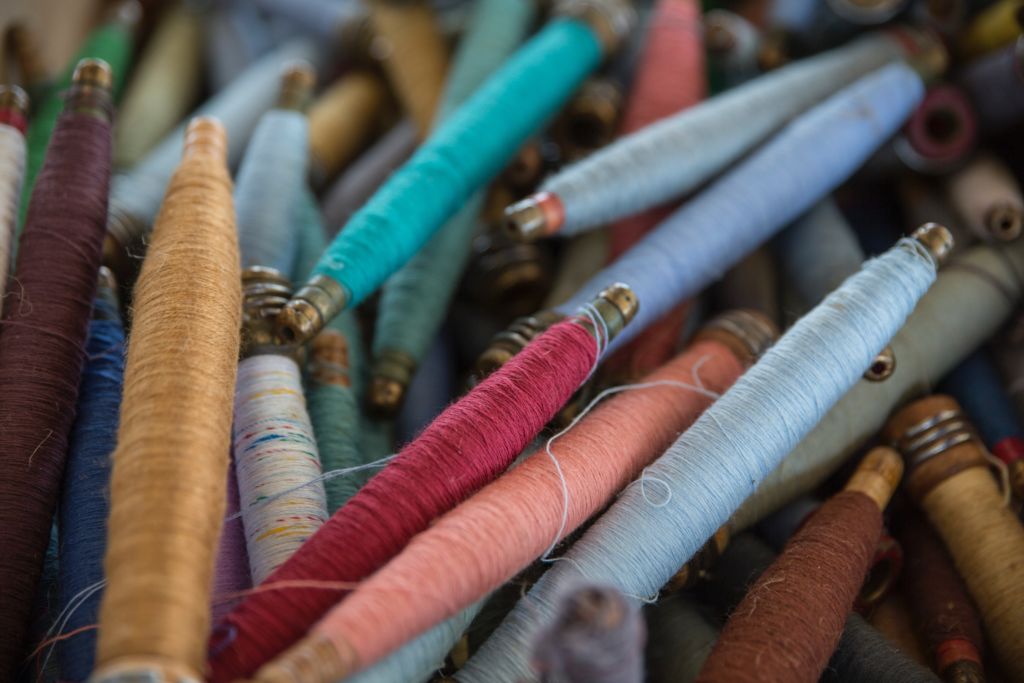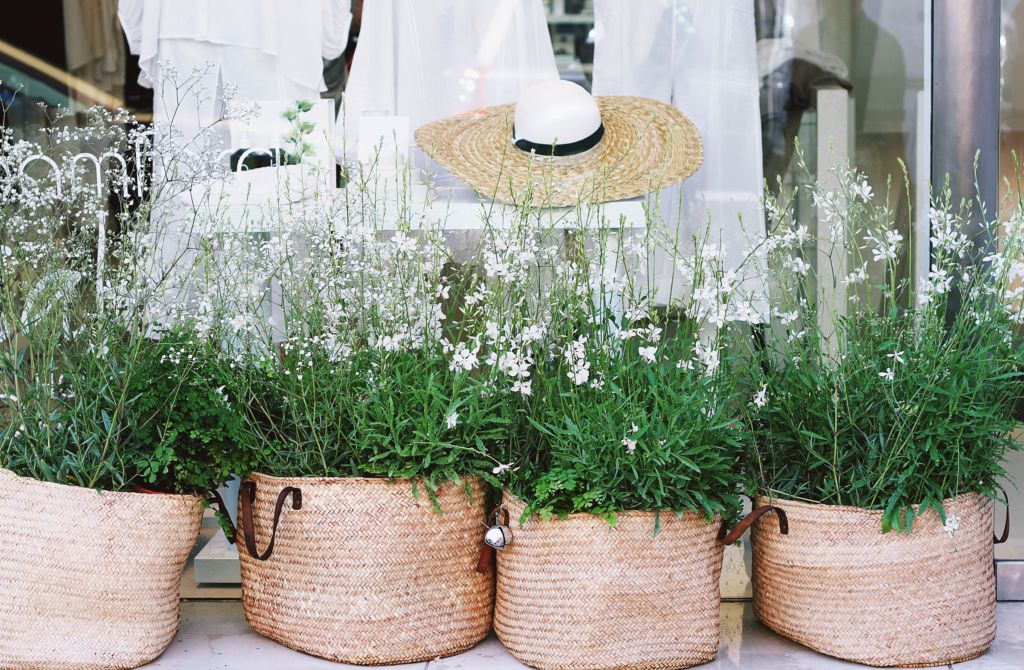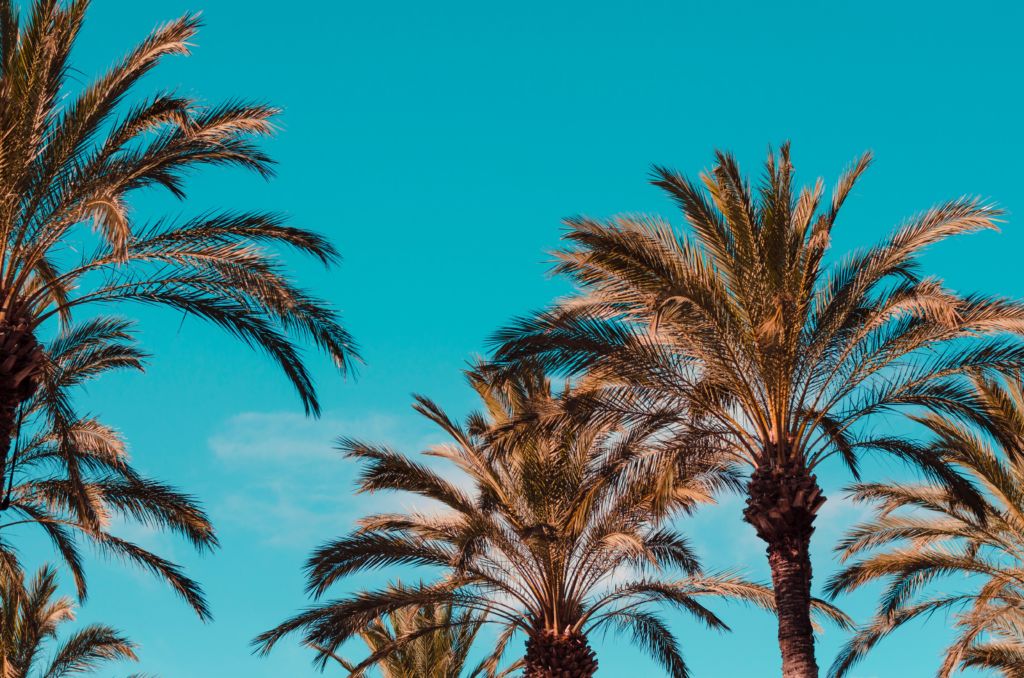
In the previous article – Fashionable natural textile fibers – we began by analyzing the fibers and their different varieties to then focus on vegetable-based fibers suitable for textile production, natural vegetable textile fibers.
In this post we will analyze the best known and most important of those fibers, selected according to the part of the plant from which they come, either the seed, stem or leaf.
Natural vegetable textile fibers.
Seed Fibers.
They are the fibers obtained from hairy seeds.
Cotton. The most relevant textile fiber.
It is the most relevant soft textile fiber – natural cellulosic – in the world, due to its history and production volume.
Cotton fibers originate around the seeds. The cotton plant is packed with capsules that have three to four lobes that open when they are ripe. In turn, each of these lobes contains five to ten seeds and each seed is covered by a large number of fibers, from 10,000 to 20,000 per seed. The chemical composition of cotton fiber is: 94% cellulose | 1.23% proteins | 1.2% peptic substances | 1.2% minerals | 0.6% wax | 0.3% sugar | the rest, other elements.
The color of the fiber varies from white to off-white or yellowish. Their length depends on the species and this characteristic gives this seed its degree of quality and its trading price since long-fiber cotton is considered to be of higher quality and is more expensive because it is used in clothing production and in the fashion industry. The medium and short fiber is cheaper and is used in the manufacture of lower quality garments, workwear and home textiles.
Garments made with 100% cotton fabrics are comfortable to wear and very versatile due to their high water absorption and “breathing” capacity. In addition, they are very durable because they effectively withstand detergents and bleach that could be used in frequent and cumulative washes during their lifespan. They present almost all virtues, except for the possibility of shrinkage – which can be treated in the manufacturing process -, the fact that they are easy to wrinkle and slow to dry.
Coconut.
Coconut fiber comes from the fibrous mass between the outer layer and the shell of the coconuts. It is a rigid fiber mechanically extracted from the ripe, dry coconut shell after soaking. It is a long, hard and strong fiber but not very soft and with very little water absorption capacity.
Promoted and defended for its characteristics of renewable source and recycling possibilities, it has excellent mechanical, physical and chemical properties that define it as a versatile material and perfectly indicated for fillings and cushions. It is mainly used in home and automotive textiles.
Kapok.
Kapok fiber is a silky substance obtained from the seeds contained in the pods of the ceiba, kapok or Java trees. The fiber is soft, light, hollow, non-allergic, non-toxic, odorless and eight times lighter than cotton.
Currently, it is used in the manufacture of fabrics for mattresses and pillows and as a filling fiber in home textiles. It used to be employed as padding for life jackets and mattresses of cruise ships for its buoyancy quality because it can withstand up to 30 times its own weight in water and loses only 10% of buoyancy in a period of 30 days. It is also extensively used as a thermal insulator.
Steam Fibers.
The fibers of the stem are those that form the fibrous bundles in the internal bark – phloem or liber – of the stems of the plants, often denominated soft fibers.
Flax.
Flax is one of the oldest textile fibers used by man. Its color, which can be whitish, light grey or even toasted golden depends on its origin and the type of retting, which is the maceration necessary to separate its fibers.
Cellulose, as in cotton, is the main component of flax fiber. One of its most notorious qualities is its absorption capacity, as this seed is able to absorb up to 20% of water, without getting wet. This feature, together with its excellent ability to conduct heat, has earned flax its global recognition as a textile fiber used especially in the production of summer fashion garments and accessories since both qualities give it a lot of comfort for its use. Another recognized attribute of flax fiber is its resistance to breakage, which is twice that of cotton.
Ramie.
Ramie is one of the oldest crops, which has been used for at least six thousand years.
Ramie fibers are 10 to 16 cm long and have a high natural sheen. The fibers are whiter and softer than flax. Ramie is a strong fiber, in terms of a natural fiber, but it lacks elasticity and elongation potential. It is absorbent, fast drying and therefore very resistant to mold and insects. Ramie is used in the production of clothing, household linen, for the manufacture of ropes and in the paper industry.
Hemp.
Hemp is similar to flax. The fibers vary in length from 90 cm. to 4 meters. Hemp production is illegal in some countries, for example in the USA. Hemp has a low environmental impact; it does not require pesticides. It produces 250% more fiber than cotton and 600% more fiber than flax in the same area of soil. Hemp plants can be used to extract zinc and mercury contaminants from the soil. Hemp is used for the manufacture of garments, mostly at the non-industrial artisanal level and for the production of ropes and paper.
Jute.
Jute is one of the cheapest textile fibers, one of the weakest cellulosic fibers and the second – after cotton – in terms of quantity produced and variety of uses. Jute is a long, soft, shiny vegetable fiber, with low elasticity, high resistance to sunlight and mold. It can be spun into thick, strong yarns. It is used in the footwear industry and fashion accessories – bags, hats, etc. – and to produce coffee and sugar bags, carpet linings, ropes and wall coatings. The world-famous burlap bag is made of jute.
Leaf fibers.

The fibers of the leaves, which extend longitudinally through the leaves of monocotyledonous plants, are also called hard fibers.
Pineapple.
Pineapple fibers from the leaves of the plant are used to make light, transparent, and rigid fabrics for clothing, bags, tablecloths, and rugs.
A leather substitute is now produced using cellulose extracted from the pineapple leaf through a combination of a physical and chemical process. The result is a product very similar to leather, extremely flexible and resistant.
Abaca.
Abaca is a large herbaceous plant originating in the Philippines. It can reach six meters in height; it is born and develops in tropical climates. Its fibers, composed mainly of cellulose, are thick and very long, up to four meters. It is a flexible fiber recognized for its great strength and durability, qualities for which it has earned a prominent place in the high quality paper industry such as paper money.
In addition to the use described above, abaca is employed to produce non-woven textiles for various uses such as tea bags, filters, strings and in combination with polymers in the automotive industry.
In the naval sector, its use in the manufacture of ropes is predominant because its enormous resistance to tension is not modified or degraded by the action of fresh or salt water and other elements present in nature, such as the sun and wind.
Natural Fibers – Previous Articles:
For more information on the subject I recommend the following published articles:
Natural Fibers and Sustainable Fashion




































 (3 votes, average: 3.67 out of 5)
(3 votes, average: 3.67 out of 5)







